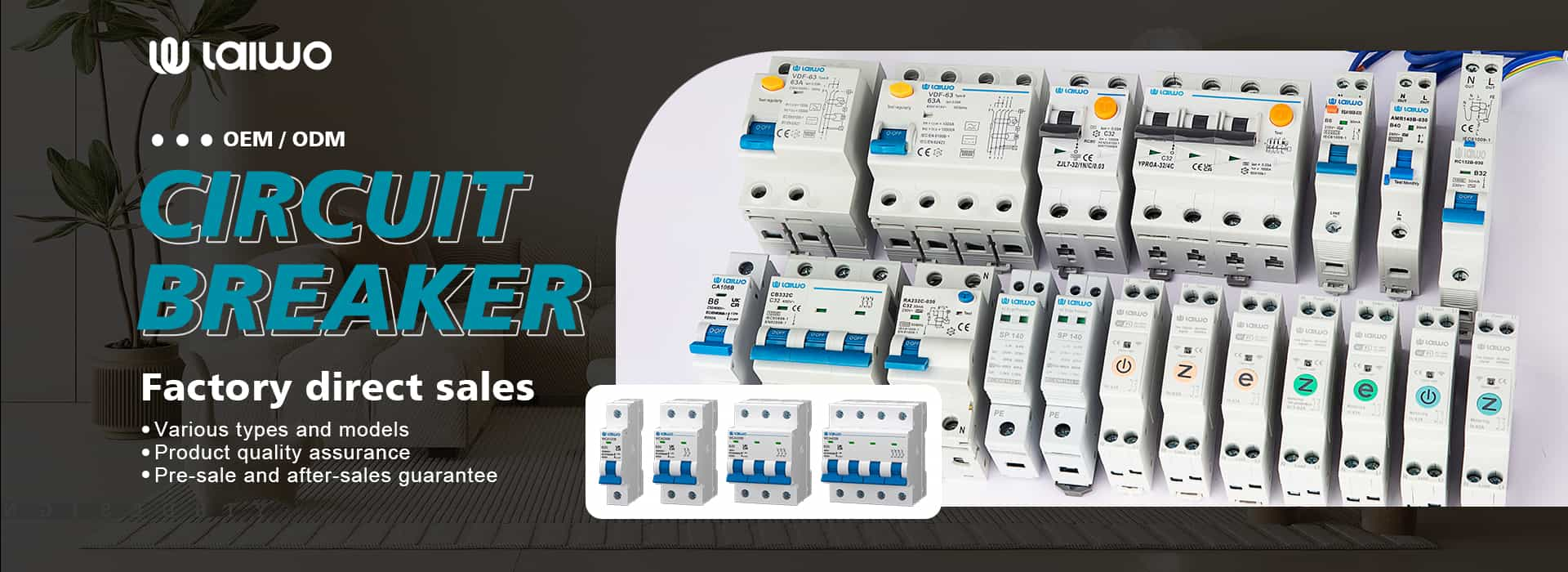Next: RCBO Market: Size, Trends, Growth Drivers & Forecast (2022-2033)

You’re halfway through a Netflix binge when—click—everything goes dark. You head to the fusebox, reset the RCD, and a few minutes later... it trips again. Sound familiar?
If your Residual Current Device (RCD) keeps cutting off your power, you’re not alone. These devices are essential for home safety, but they can be frustrating when they trip too often. Let’s walk through what RCDs do, why they keep tripping, how to fix the issue, and what happens if you ignore it.

An RCD(full form in electrical: Residual Current Breaker) is a safety switch that protects you from electric shocks and fire hazards by shutting off power when it detects a leakage current—usually anything above 30mA. This small current could mean something’s not right, and the RCD reacts within milliseconds to prevent danger. You might also encounter RCD being referred to as Residual Current Circuit Breaker (RCCB) or Residual Current Breakers (RCBs), all denoting the same essential safety component.
Frayed wires or cables gnawed by rodents can leak current. Even a hidden nick in the wall could cause problems.
Old or worn-out devices like washing machines, kettles, and electric heaters often leak current and trip the RCD when plugged in.
Moisture around outdoor sockets, kitchens, or bathrooms can easily trigger an RCD.
Some RCDs are overly sensitive and may react to harmless electrical noise or small fluctuations.
Learn More: Top 10 Reasons and Solutions for Frequent Tripping of MCBs
This puzzling issue usually points to hidden faults:
Wiring leaks in walls or under the floor
Moisture in external circuits or fuseboxes
Ghost voltage from nearby cables (caused by electromagnetic induction)
If in doubt, use an RCD tester or call in a professional.
Sudden power loss in multiple rooms
The RCD switch flipping down in your fusebox
Tripping after rainfall or during humid weather
RCD tripping even when no devices are connected
Unplug everything and reset the RCD. If it stays on, the issue is with one of your appliances.
Plug your devices back in one by one. When the RCD trips, you’ve found the faulty item.
Inspect outdoor sockets, gutter areas, and piping near wiring. Dry everything out and seal leaks with silicone.
Use a multimeter (if you know how), or better yet—hire a licensed electrician.
Important: Only a qualified electrician should remove or replace an RCD.
Turning off the main power
Testing that no current remains
Unscrewing and removing the RCD carefully
Taking note of wire positions for replacement
Install the new RCD into the same slot
Reconnect wires exactly as before
Tighten terminals and restore power
Press the test button to ensure it's working
Pro tip: Upgrade to a Type A or Type AC RCD for better performance with modern electronics.
Replace old or faulty appliances
Waterproof outdoor and damp areas
Install weatherproof socket covers
Upgrade your RCD to a modern model
Rewire aging circuits or split overloaded ones
Consider RCBOs (RCD + MCB combo) to isolate faults per circuit
It might be tempting to keep resetting your RCD and forget about it, but that can lead to serious consequences:
Fire risk from damaged wiring
Electric shocks from leaking current
Damage to your appliances
Legal risk for landlords or business owners with unsafe systems

Laiwo electrical is a one-stop solution for all your electrical needs including mcb, rcbo ,distribution boxes, surge protectors, earth leakage protection devices and switched sockets. If you have additional questions or need assistance, please feel free to contact the customer service team. Give us a call and we'll have a team of professionals answer your questions!
INQUIRY NOW